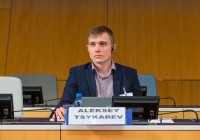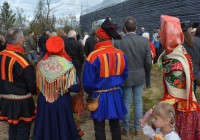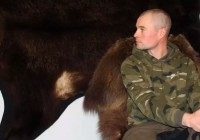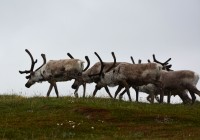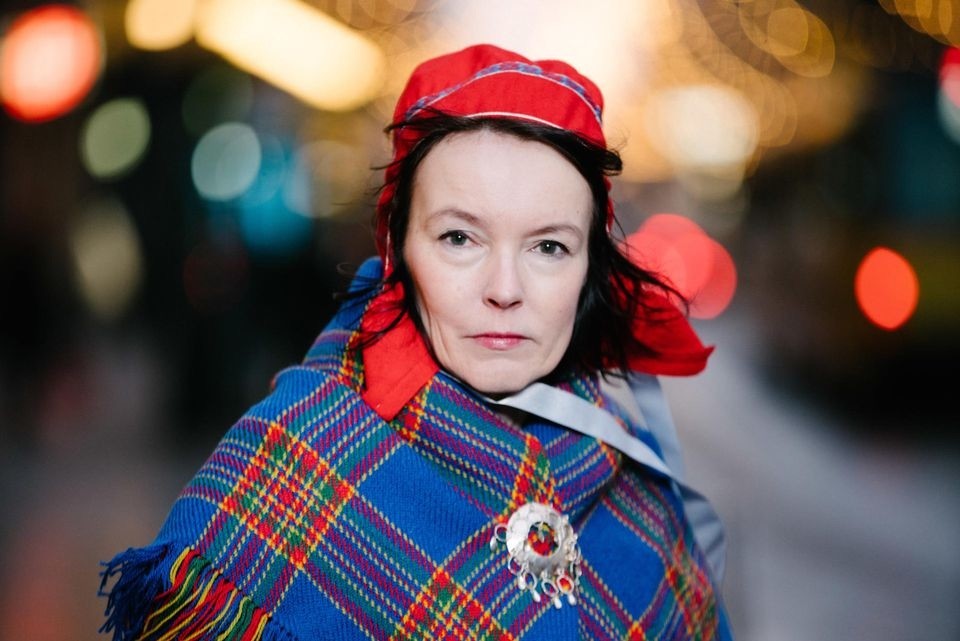
Sámi film selected to Sundance Festival
ADVERTISEMENT
Text by Inger-Elle Suoninen
The Sundance Film Festival is one of the biggest and most important film festivals in the USA and usually accepts less than one percent of the submitted short films for screening.
Helander feels that this will open doors for the film crew.
«Of course, I’m really happy and pleased with this. This is a great reward, not just for me but the whole team. I hope that the festival will open the door for all those who have worked in our film crew,» Helander says.
The Sundance Film Festival shows independent films, or films that have not been produced by the big companies or major studios. According to Helander, it is always a good thing if Sámi films are shown out there in the big world.
«It’s always great, and it will open us paths in future too. It also gives us the opportunity to tell about the Sámi, what it means to be Sámi, and what kind of issues Sámi have because of pressure from the dominant society,» Helander says.
ADVERTISEMENT
«Sundance is one of the most important pieces in the movie industry puzzle»
The Sundance Festival takes place in Park City, Utah, in January. Helander and at least two of the other members of the team are planning to attend the festival.
«The Finnish Film Foundation has promised us a grant for the trip.»
According to Vox.com, Sundance is the most prestigious film festival in the United States and one of the most important pieces in the movie industry puzzle. Sundance brings audience to smaller productions, and distributors that represent such streaming platforms as Netflix, Amazon and HBO Go attend the festival. According to VOX.com, Netflix and Amazon Studios have lately had ”deep pockets” for acquisition of films at Sundance.
However, it is not easy to have a film selected for screening. Every year, Sundance selects approximately 200 films to play at the festival. For the 2018 festival, 13,468 film were submitted from over 190 countries, and less than 1.5 percent of them were shown at the festival. For the 2019 Sundance Festival, out of 9,443 short film submissions 73, less than one percent, were selected for the festival. Marja Helander’s film is one of them.
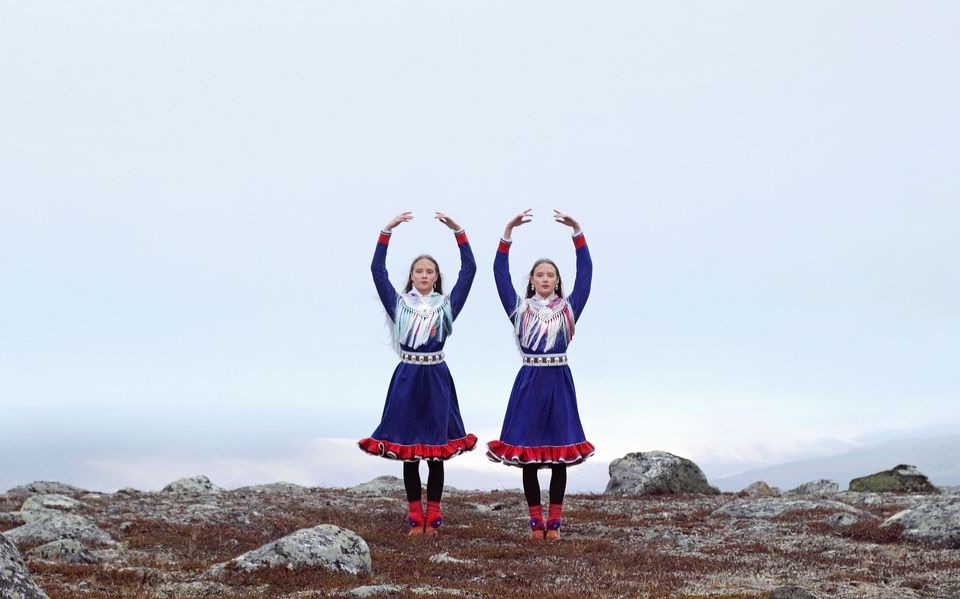
«We submitted the film from Finland through AV-arkki – the Centre for Finnish Media Art, which is a distribution company for video art,» Helander says.
In 2017, the Sundance Festival had a record 71,600 people attend the festival. In 2018, the number of visitors was 124,900, which was again a record.
«There is a receptive audience for Sámi films in North America»
The film Birds in the Earth tells about Birit Haarla and Katja Haarla, who are two Sámi dance students. In the film, they dance accross Sámi villages and lands, ending up in Helsinki. The work looks at bigger issues that have an impact on land rights in the Sámi region.
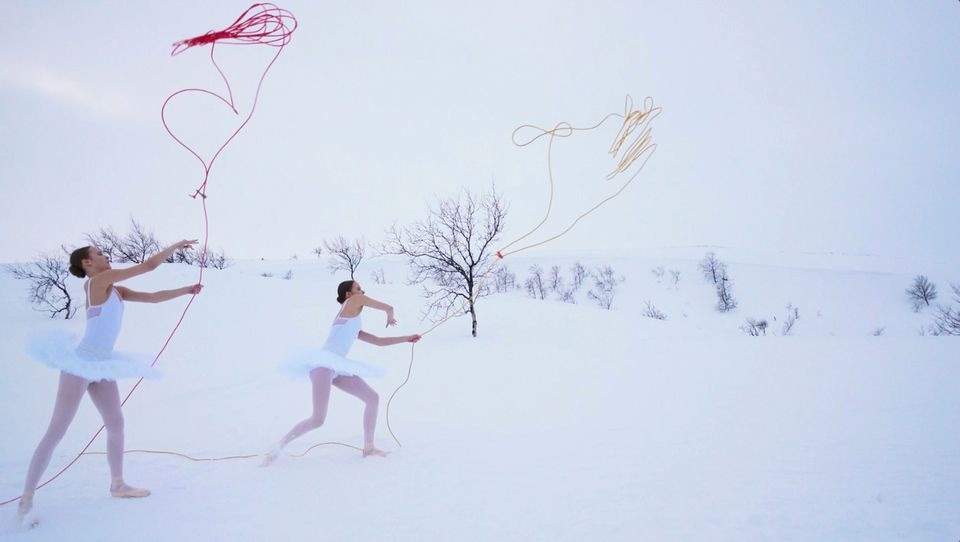
The film has earlier been awarded at the ImagiNATIVE Indigenous Film Festival in Toronto, and it was granted the main prize at the 2018 Tampere Film Festival.
According to Program Coordinator Tytti Rantanen from the Centre for Finnish Media Art, indigenous films have a strong presence in North American film festivals.
«There is a receptive audience for Sámi films in North America, but Helander’s work also seems to attract viewers outside this restricted public,» Rantanen explains.
In 2017, a Finnish short film participated in the official Sundance competition program. The film was Fucking Bunnies, and it was directed by Teemu Niukkanen and produced by the film company Komeetta.
Translated from Sámi by Kaija Anttonen
This story is originally posted by Yle Sapmi and re-published as part of Eyes on Barents, a collaborative partnership between news organizations and bloggers in the Barents region
ADVERTISEMENT
The Barents Observer Newsletter
After confirming you're a real person, you can write your email below and we include you to the subscription list.





